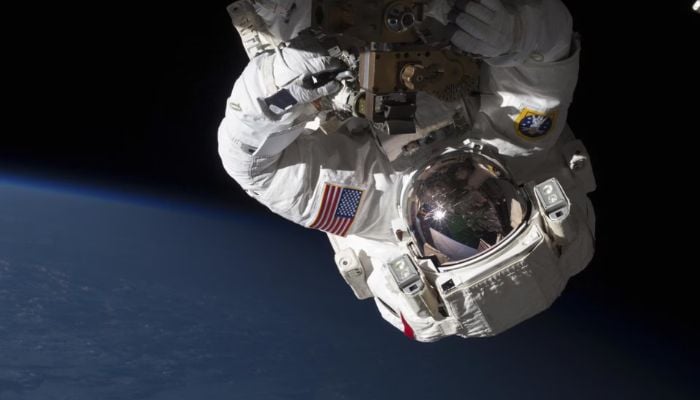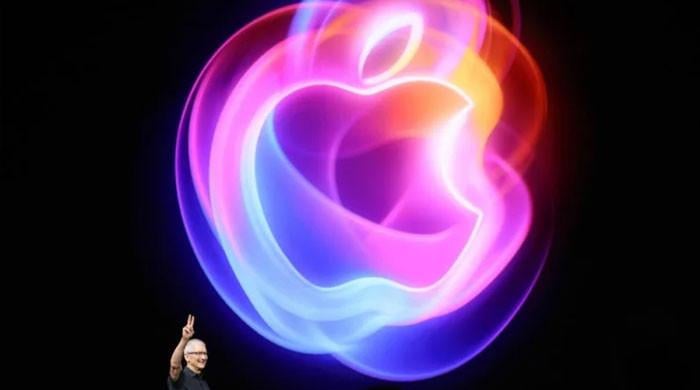Four astronauts set for launch in space for a 'perilous spacewalk mission'
Polaris' crew to spend five days aboard SpaceX Crew Dragon capsule
August 21, 2024

Space X’s Polaris’ four astronauts Jared Isaacman, Scott Poteet, Anna Menon and Sarah Gills will be launched on August 26 from the Kennedy Space Station for a spacewalk mission that has never been done by any privately arranged crew.
The Polaris crew will spend five days aboard a SpaceX Crew Dragon capsule set to soar higher than any other spacecraft since Nasa ended its Apollo programme in the 1970’s.
Isaacman and his crew will extend their orbital path high enough to plunge them into the Van Allen radiation belts that pose significant risks to the human body.
Effects on the human body include the disruption in the central nervous system, suppression of hematopoiesis in bone marrow, cataracts and other vision impairments, and acute radiation sickness. These are the effects of long-term low-level or short-term high-level exposure to radiation and they can affect EVAs, as per the European Space Agency (ESA).
ESA further details that there are also stochastic effects which normally link to an increased chance of cancer.
Adding more peril to their spacewalk endeavour, the astronauts aboard the SpaceX Crew Dragon capsule will also become the first non-government astronauts to open the shaft of their capsule and immerse themselves in the vacuum of space.
The EVA suits — developed and designed by SpaceX in just two and a half years — are going to be the sole thing protecting the astronauts during their spacewalk.
What is a spacewalk?
Nasa explains that any time an astronaut gets out of their spacecraft while in space, it is called a spacewalk or an extravehicular activity (EVA).
As per Nasa, spacewalking allows astronauts to work outside of their designated spacecraft such as experiments and helps them learn how the atmosphere of space affects things.
It also helps them to test new equipment or they can get to repairing work if a satellite or spacecraft needs it.











